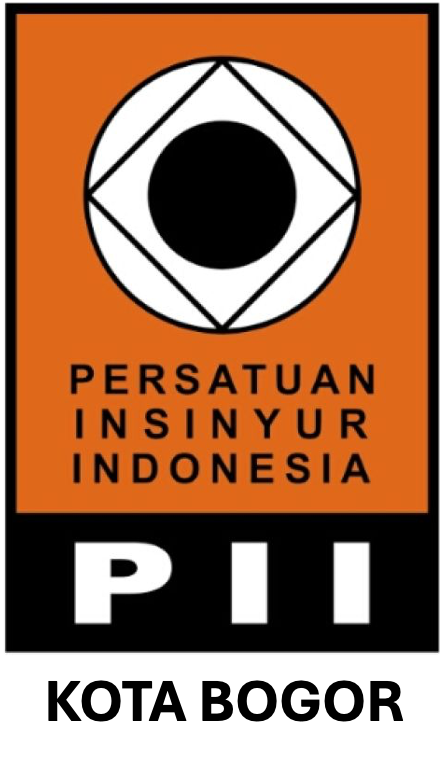Pendugaan Reliability Waduk Nadra Krenceng PT. Krakatau Tirta Industri
Abstract
The increasing of high population rate, plus there was a new steel industry named PT. Krakatau Posco in Cilegon has made higher demand of clean and raw water. The Volume of Nadra Krenceng reservoir used by PT. Krakatau Tirta Industri is still doubted to fulfill water demand in Cilegon. The purpose of this research to analyze how much the reservoir volume capacity that will always be available and makes the program with Visual Basic Application in Microsoft Excel. The reliability calculation of Nadra Krenceng reservoir was conducted using three methods; F.J Mock, NRECA dependable discharge, and simulation the result of both methods use Weibull Method. The simulation result of Weibull Method shows for F.J Mock dependable discharge with probability of 95%, 90%, 80% and 50% are 5,023,095 m3; 5,733,905 m3; 7,215,525 m3; and 11,600,385 m3 respectively. For NRECA Method simulation, the result with the same series probabilities are 3,831,718 m3; 4,531,326 m3; 5,930,542 m3; and 10,128,191 m3 respectively. The Probabilities used by PT. KTI to guarantee the water availability in Nadra Krenceng reservoir is 80%. To conclude, the available volume of Nadra Krenceng reservoir now 7,215,525 m3 for F.J Mock Method and 5,930,542 m3 for NRECA Method. Both of calculation of water availability of Nadra Krenceng reservoir could achieve good enough accuracy. The R2 values for F.J Mock Methods is 0.685 and 0.653 for NRECA method.
Downloads
Authors who publish with Jurnal Teknik Sipil dan Lingkungan, JSIL agree to the following terms:
a. Authors retain copyright and grant the journal right of first publication with the work simultaneously licensed under a Creative Commons Attribution License that allows others to share the work with an acknowledgment of the work's authorship and initial publication in this journal.
b. Authors are able to enter into separate, additional contractual arrangements for the non-exclusive distribution of the journal's published version of the work (e.g., post it to an institutional repository or publish it in a book), with an acknowledgment of its initial publication in this journal.
c. Authors are permitted and encouraged to post their work online (e.g., in institutional repositories or on their website) prior to and during the submission process, as it can lead to productive exchanges, as well as earlier and greater citation of published work (See The Effect of Open Access).










